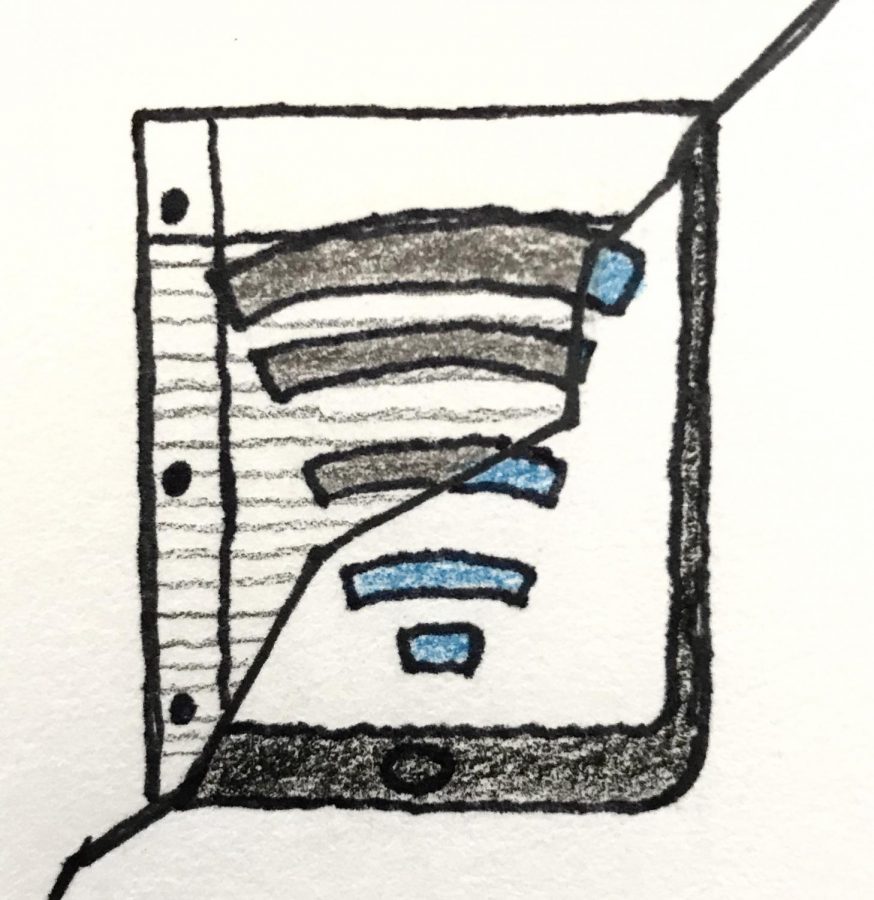Access to devices causes divides in education
Not all students around the world have access to a device. This causes them to fall behind compared to fortunate students who have access to the Internet.
April 27, 2020
The pandemic has reminded us of inequality on many different levels — one, specifically, is the “digital divide,” a term that refers to how thousands of students in schools all over the world don’t have access to devices like we do.
On March 16, schools across the state of California closed. All of a sudden, students, families and teachers had to adjust to distant learning under these strange circumstances. While our school is very fortunate to be able to provide devices for every student, schools with little resources struggle with making sure every student has access to the internet, which has become such a fundamental thing in our lives.
We cannot ignore the fact that many children live in poverty, which means thousands of students have no access to the internet or devices at home. This is an extremely unfair disadvantage for them, and they may be struggling to learn all that they missed upon returning to school. As we continue to learn, because we were blessed with a school with a Chromebook for everyone, we are getting ahead of other students. Those who want to learn or those with great intellectual prowess are unable to compete with us this semester.
Some actions have aimed at addressing these educational disadvantages that some students are facing. UC and Cal dropped the SATs, and K-12 standardized tests also dropped. Some school districts are replacing grades with pass/no pass systems. Amidst all the chaos, the College Board is admirable in what it is attempting to do. It has been constantly sending out emails to everyone, and hopefully sending letters to those without internet access, to tell them immediately if a family has a problem connecting online in order to take the upcoming 2020 AP Exams. The College Board is also working to provide such students with support so that they can still show their skills and take the tests they have been preparing for all year. All in all, the College Board is trying to get everyone on an equal playing field.
All of these measures are taking place because there is an understanding that we cannot guarantee every student a device. We can’t even guarantee that other districts can give support to the teachers who are working from home. As such, there’s a possibility these students aren’t even getting the chance to learn.
The equal protection clause of the 14th Amendment in the Constitution requires that when a state establishes a public school system, no child living in that state may be denied equal access to schooling. However, whether it’s the digital divide or socio-economic background, students do not enter the classroom with equality. We have wealthy kids taking SATs with help from classes and tutors, and poor students who take SATs with very little preparation. We have a school that offers an expansive library and Chromebooks for all, while other schools get outdated textbooks.
Inequality has always existed. Perhaps the pandemic can teach us a lesson regarding education and equality. Perhaps we should reconsider benchmarks like the SAT or standardized tests as gatekeepers for getting ahead, for not everyone begins at the same starting line.







